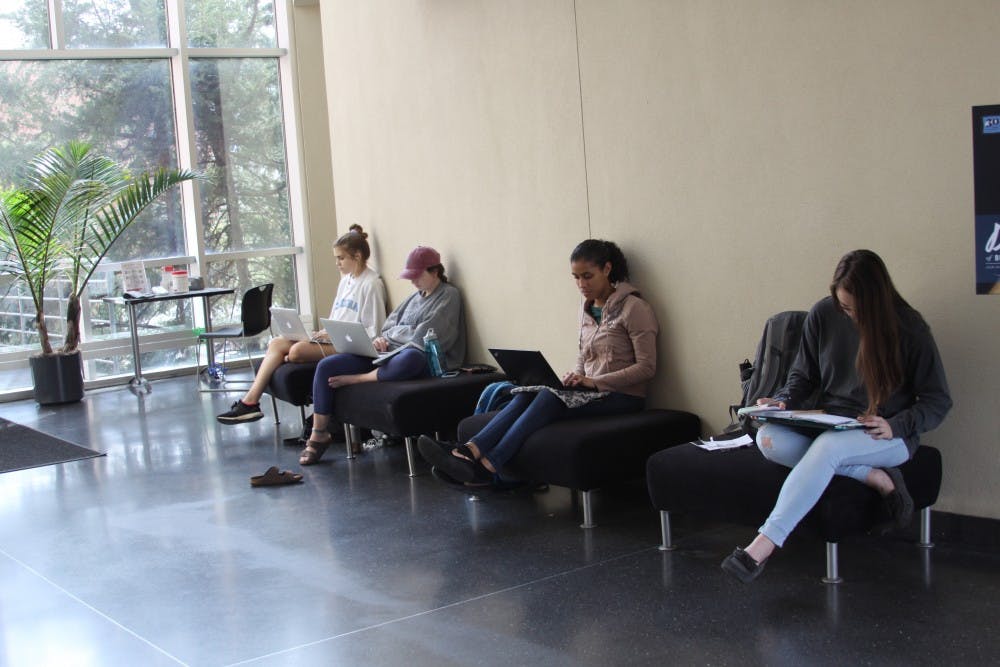The Sonja Haynes Stone Center for Black Culture and History is celebrating its 30th anniversary of exploring all dimensions of African-American and African diaspora cultures this year.
The center was originally established at the long-time urging of Black students and faculty at UNC in 1988 as the Black Cultural Center and was housed in the Frank Porter Graham Student Union. Although a freestanding building site was approved by the UNC Board of Trustees in 1993, the current Stone Center did not open until 2004.
Joseph Jordan, director of the Stone Center since 2002, said the center’s main mission is to examine and research the art cultures and histories of African-Americans and diaspora at UNC.
“We’re on a mission to magnify this information and bring it to folks to ask them to deal with it and to add it to the commonplace of discussion," Jordan said. "We don’t want it to be some little special spot over there in the corner, and ‘You know, by the way, if you want to see Black things you go to The Stone Center.’ We say, if you want to see a significant part of what this country is and what helped to make this world what it is, then you have to go to all parts of campus – and we’re in that mix.”
Some of the many programs the center offers include hosting visiting artists, film festivals and speaker series which explore African-American and diaspora history and culture. The center also provides fellowships for students, as well as opportunities and financial support for underrepresented students to travel and study abroad.
Carol Tresolini, vice provost for Academic Initiatives, said the programs the Stone Center offers are enriching both the UNC campus and community.
“Yet another dimension is that the Stone Center connects very strongly to the community. They have a long-standing community called Communiversty that supports students who serve as volunteers to tutor and facilitate after-school activities for elementary-aged students in the community, which has been very important,” she said.
Jordan said at the time the center was originally established, there wasn’t a place on campus solely for Black students to meet to explore common interests and aspirations, and students were instrumental to the establishment of the center.
“It was of course like most good things to happen at universities – because this is what students demanded,” he said.



